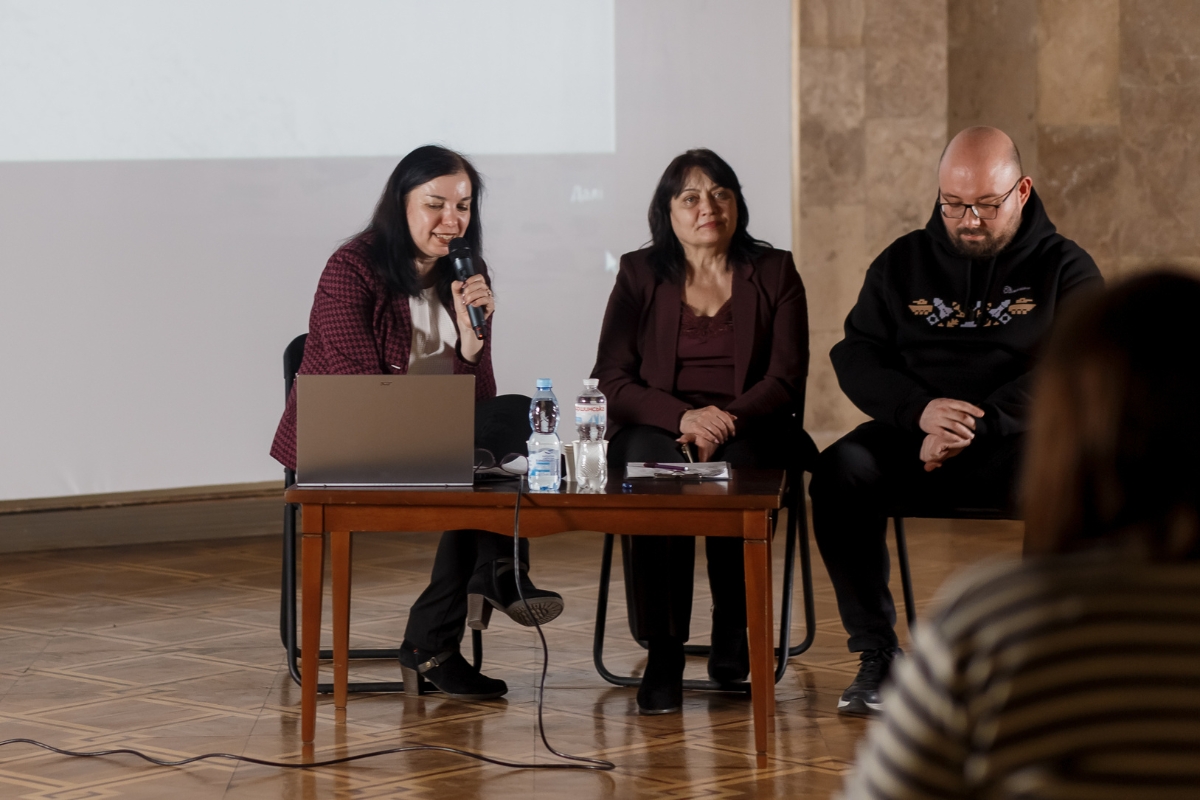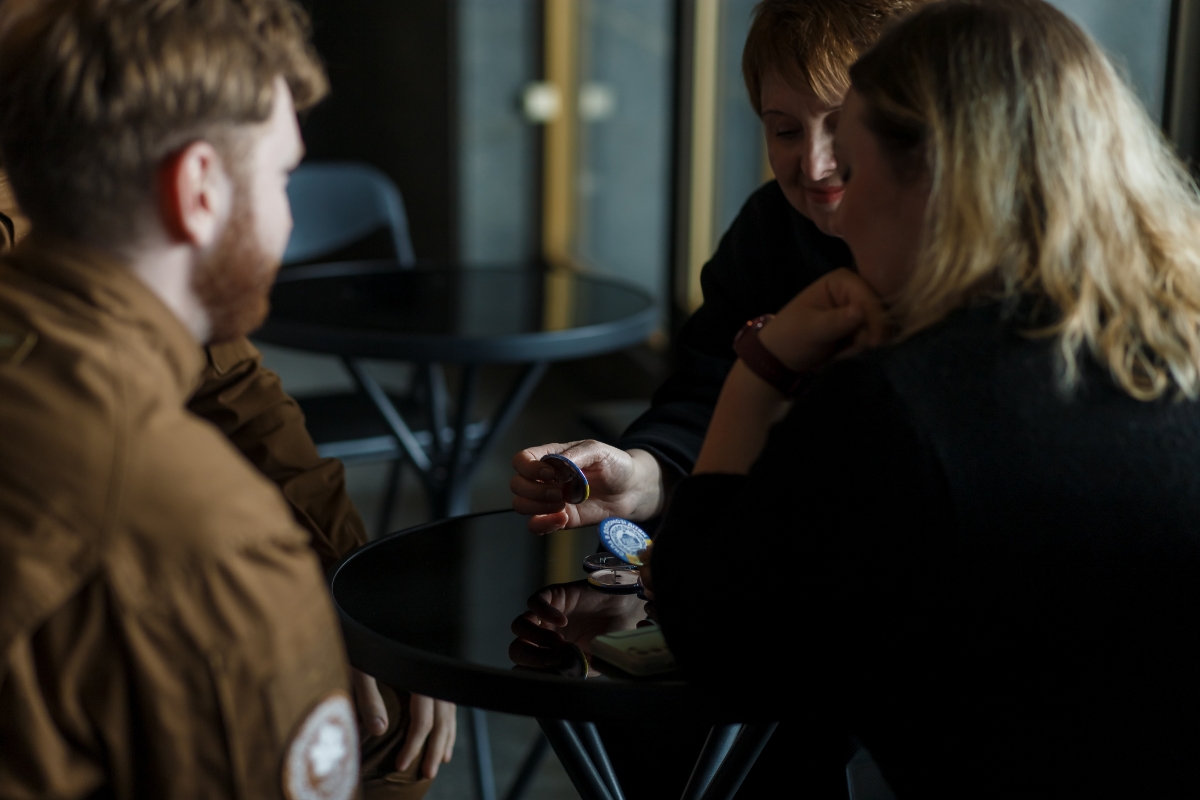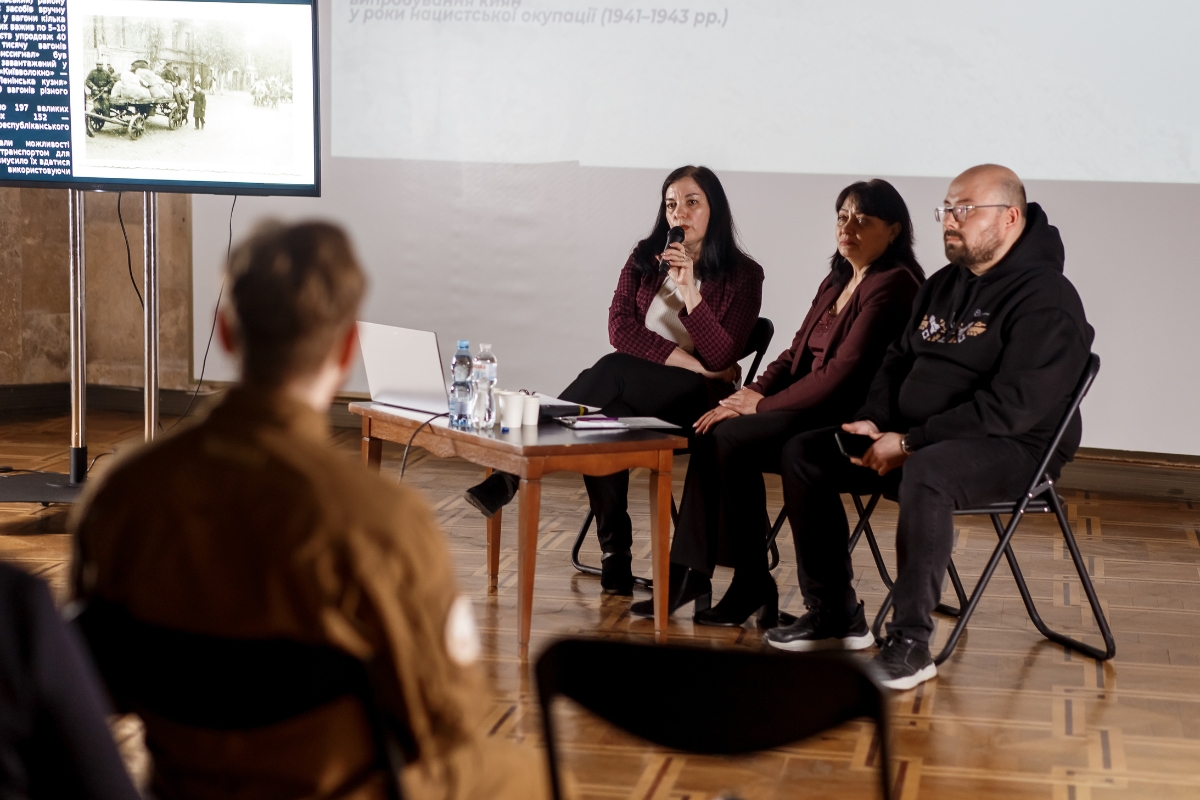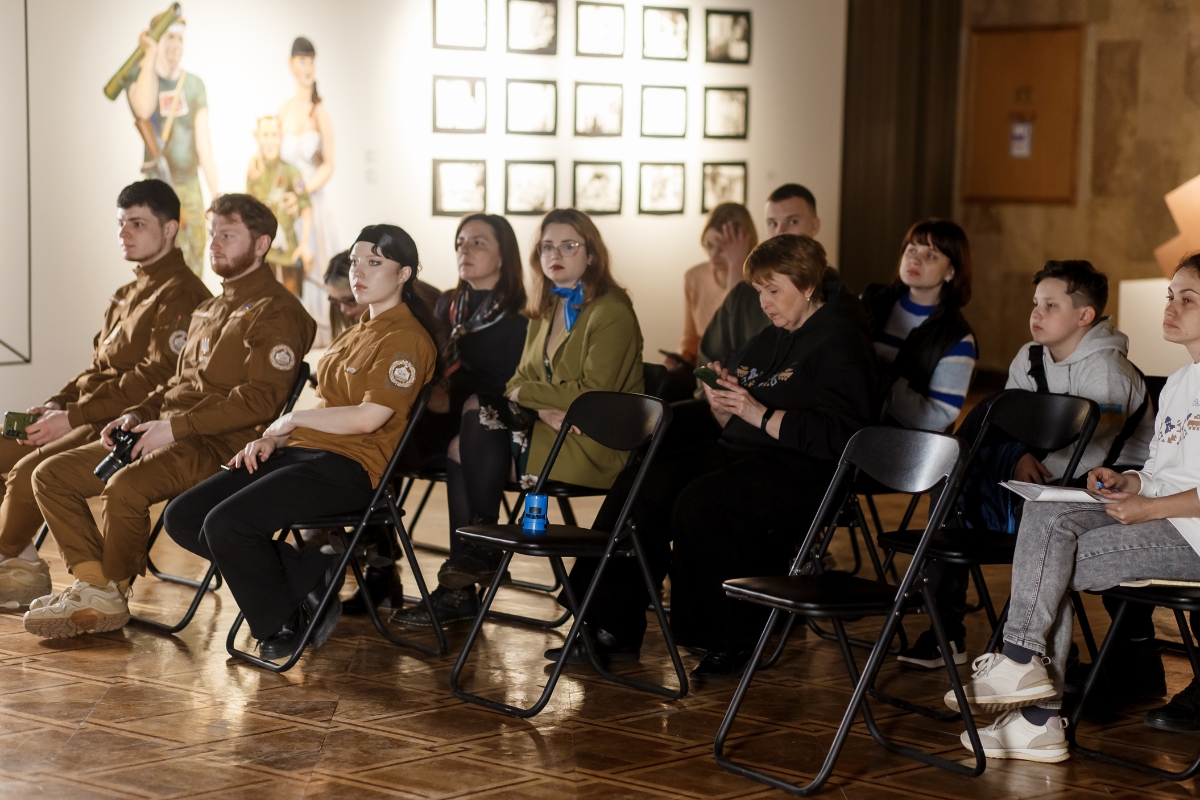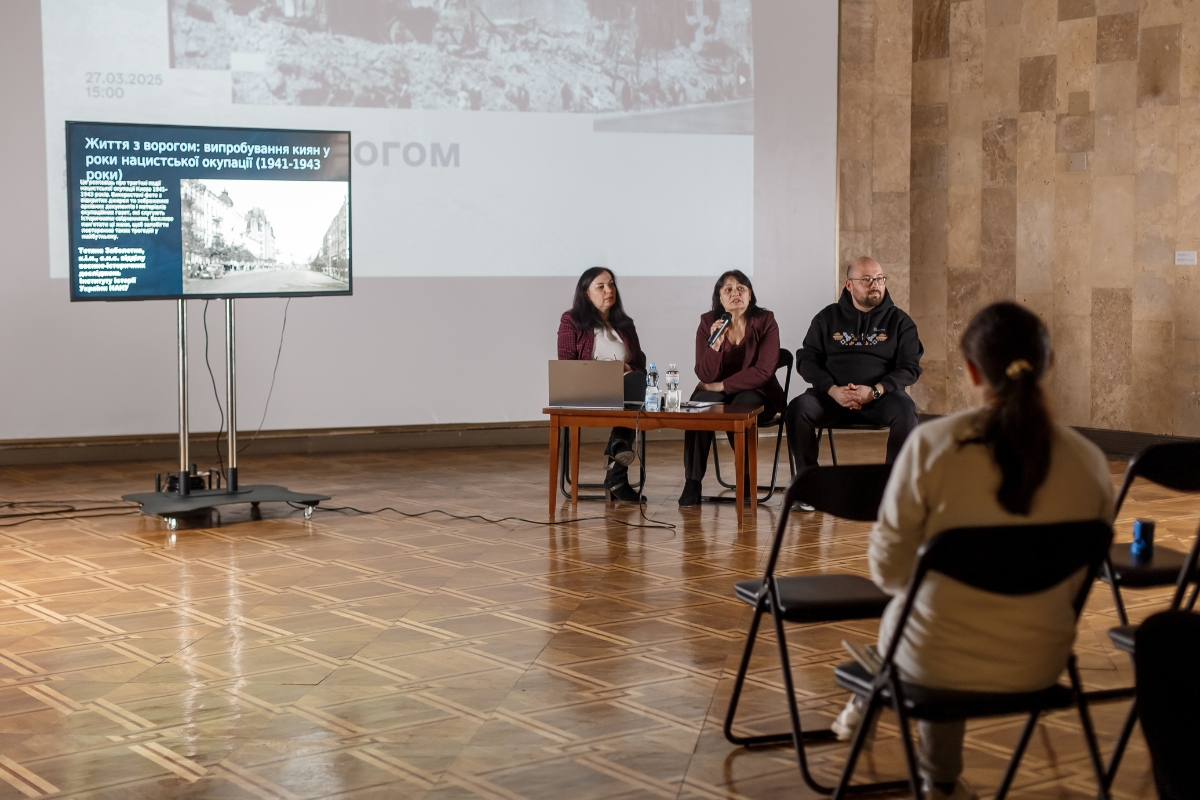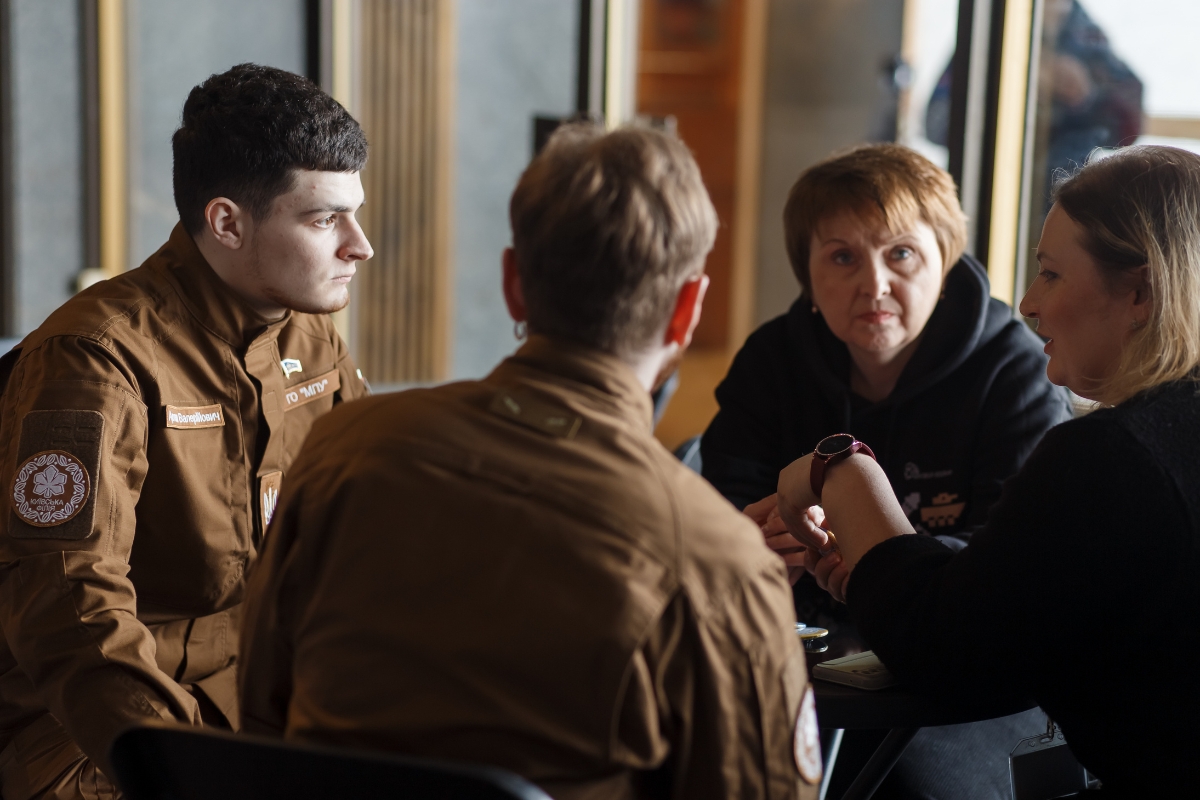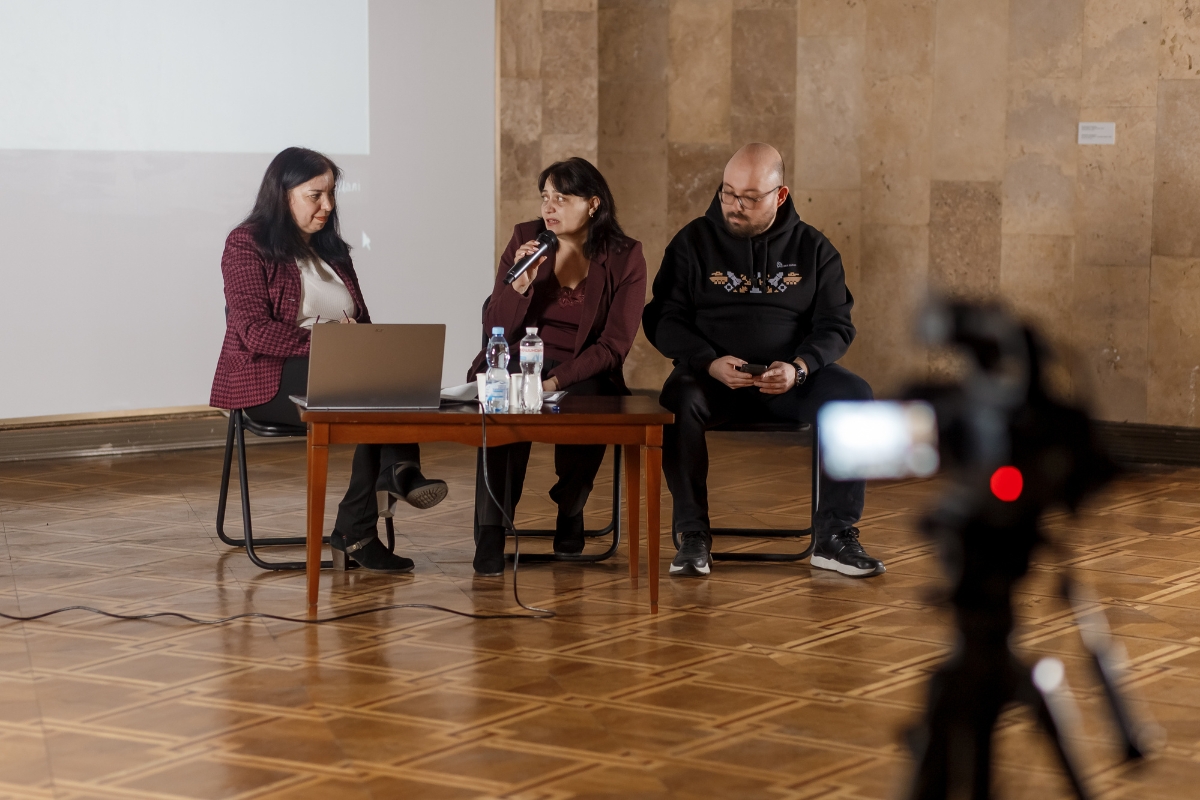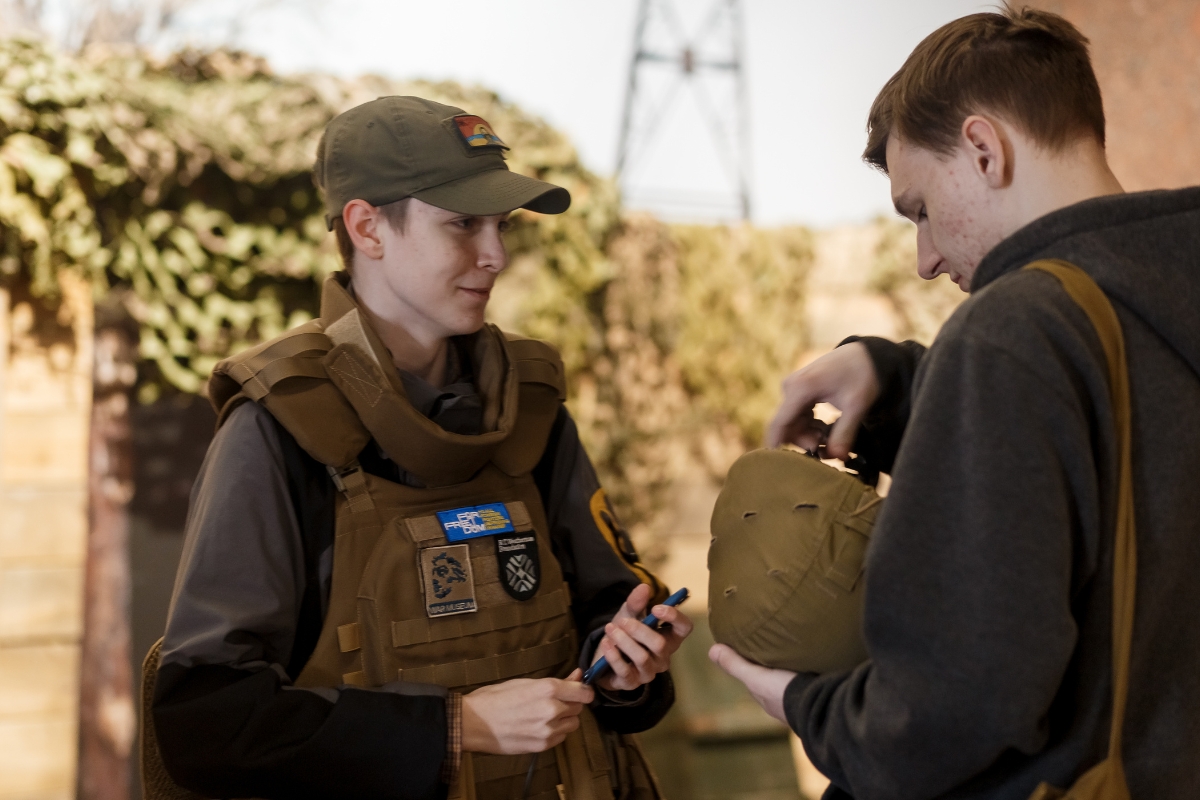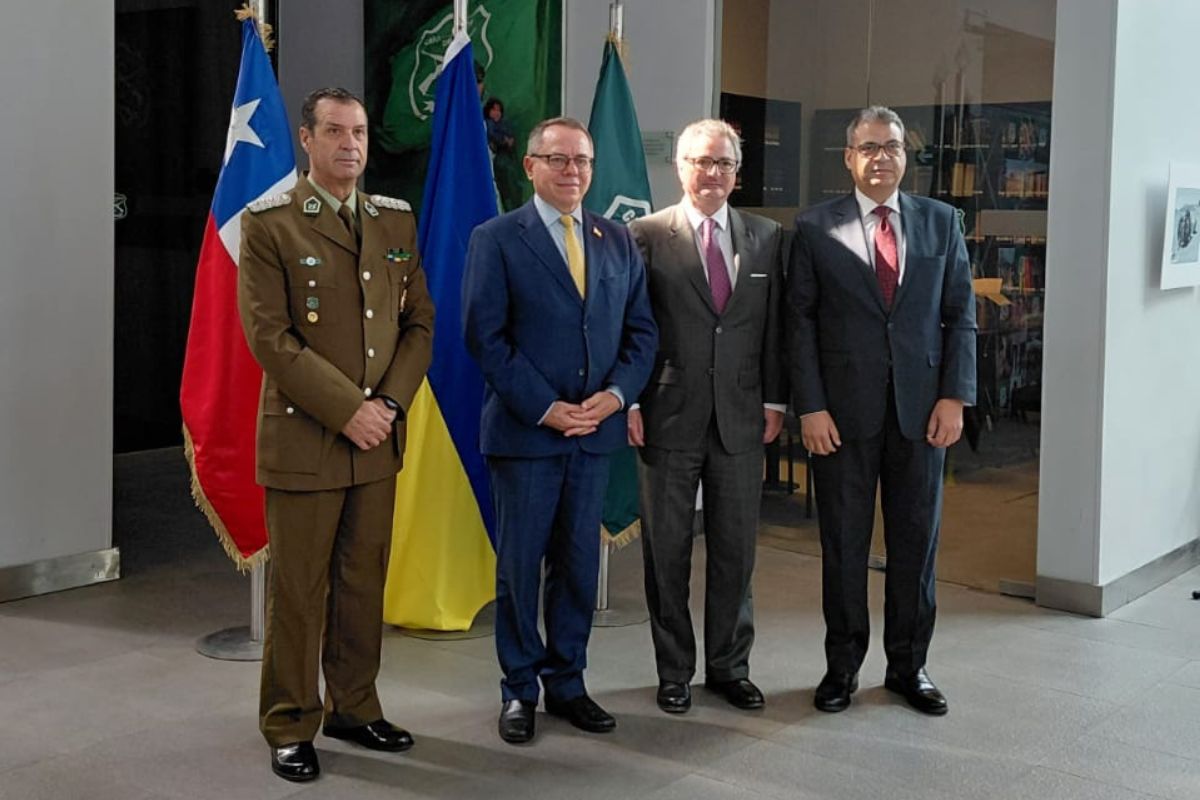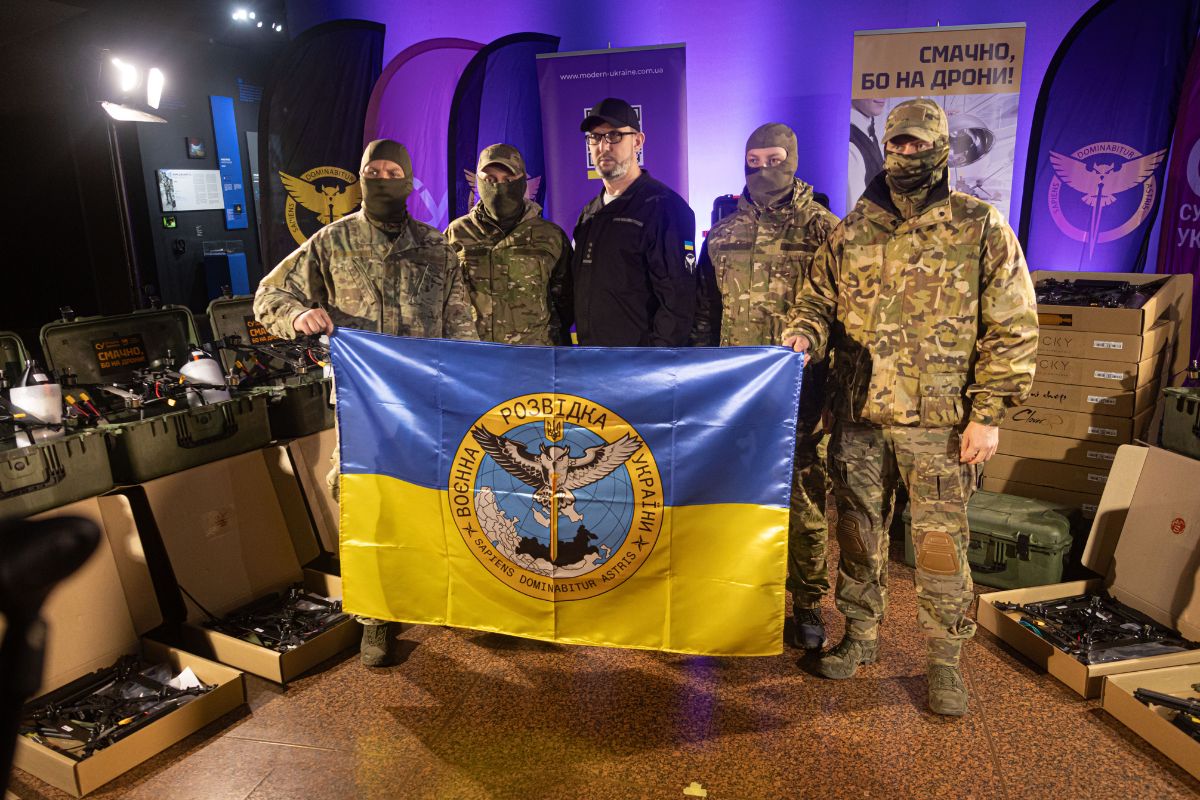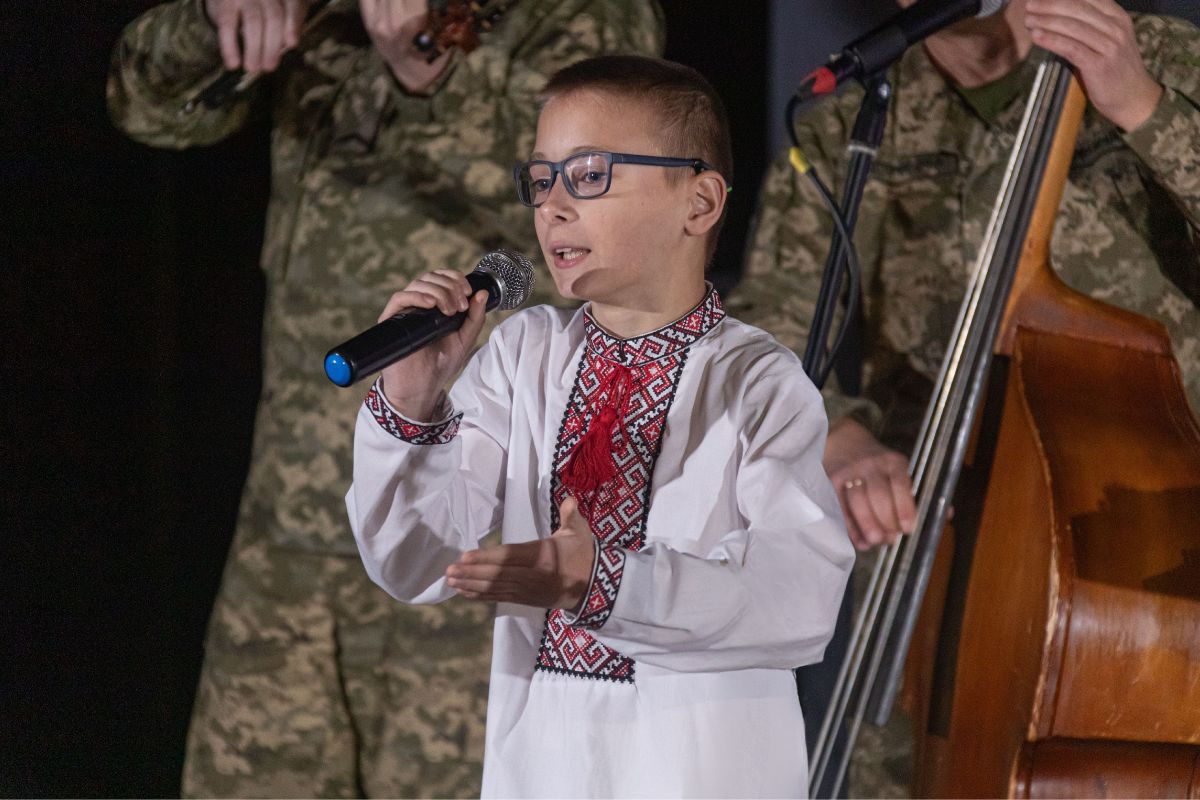A lecture by Tetiana Zabolotna, a senior researcher at the Department of Military History of the Institute of History of Ukraine, National Academy of Sciences of Ukraine, was held at the War Museum, dedicated to the everyday survival practices of Kyiv residents during September 1941 – November 1943.
The scientist emphasized that the residents of the capital faced the test of war even before the occupation: during the retreat, Soviet troops blew up infrastructure, and cases of looting were recorded in the city.
The lecture focused on how the city administration operated and how food and social services were provided to the population under the occupying regime. It discussed how residents of Kyiv received news during this time, the role of Nazi propaganda, and the repercussions faced by individuals who violated the curfew.
Special attention was given to the acts of terror that shook the city of Kyiv during the occupation. The mass executions of the Jewish population at Babyn Yar, the systematic suppression of the resistance movement, and the persecution of underground activists contributed to an atmosphere of fear. Additionally, the operation of concentration and labor camps for prisoners of war within the city, along with the forced deportation of young people to work in Germany, made every step outside the home perilous for Kyiv residents.
"Today, during the russian-Ukrainian war, millions of Ukrainians faced the experience of occupation," noted Dmytro Hainetdinov, Deputy Director General of the War Museum. "The analysis of the socio-humanitarian dimension of World War II and the drawing of historical parallels is becoming particularly relevant."
The War Museum sincerely thanks Tetiana Zabolotna for her support, collaboration, and insightful lecture.
